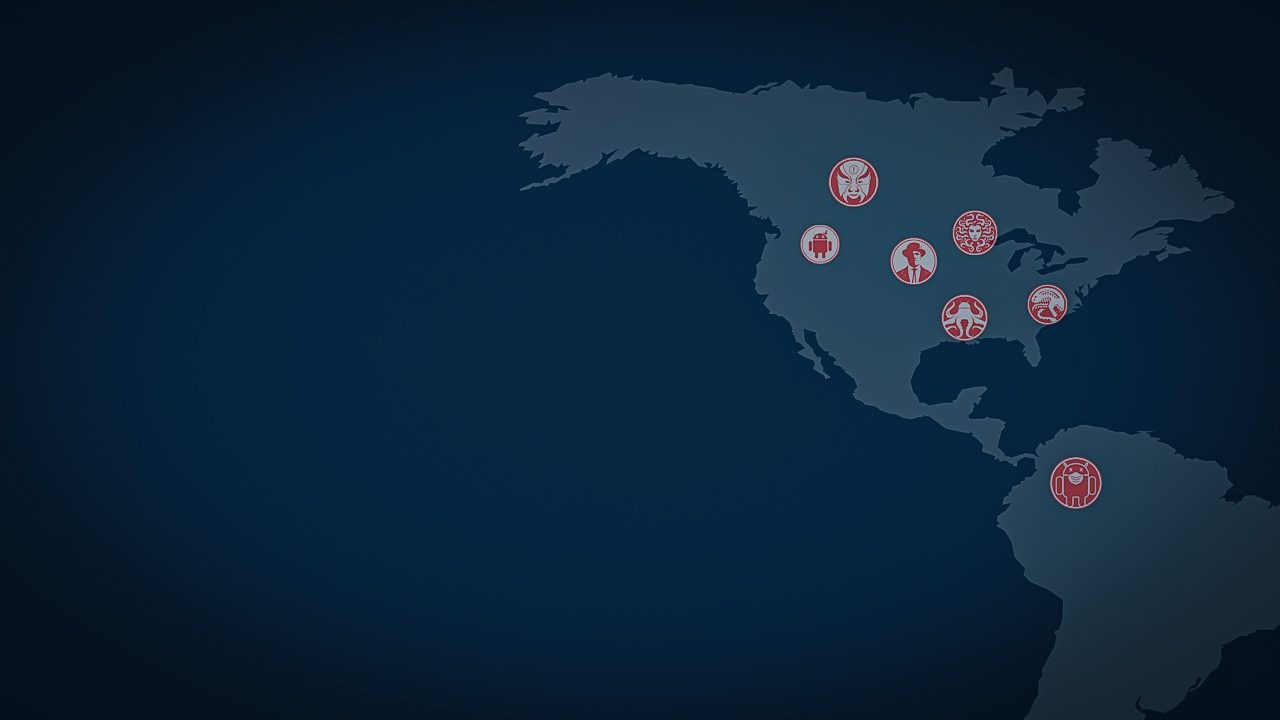The Dark Side of Personalization: How Cookies and Data CollectionAre Changing the Web
As I sit here writing this article, I am reminded of the numerous times I’ve clicked ‘Accept all’ on a website without giving it a second thought. We’ve all been there - eager to access the content we want, we hastily agree to the terms and conditions, often without realizing the implications of our actions. But have you ever stopped to think about what happens to your personal data when you do so?
The Cookie Conundrum
Cookies, those small text files that websites store on our devices, have become an essential part of the online experience. They allow sites to authenticate users, apply security measures, and prevent spam and abuse. However, they also enable websites to track our browsing habits, search history, and even our location. This information is then used to create personalized advertisements, content, and experiences tailored to our interests.
But at what cost?
The Price of Personalization
While personalized content may seem like a convenient and enjoyable experience, it comes with a steep price. Our personal data, including IP addresses, browsing history, and search data, is being collected and stored by websites and their partners. This information can be used to create detailed profiles of our online activities, which can be used for targeted advertising, among other things.
The IAB Transparency & Consent Framework
The IAB Transparency & Consent Framework is an initiative aimed at providing transparency and control over the collection and use of personal data. However, with over 237 partners involved, it’s difficult to know who is collecting our data and what they’re doing with it.
Taking Back Control
So, what can we do to take back control of our personal data? The first step is to be more mindful of the websites we visit and the information we share. When prompted to accept cookies, take a moment to review the terms and conditions. Look for websites that provide clear and concise information about their data collection practices.
We can also use tools like browser extensions and VPNs to block cookies and mask our IP addresses. Additionally, we can support initiatives like the IAB Transparency & Consent Framework, which aim to provide greater transparency and control over our personal data.
Conclusion
The collection and use of personal data is a complex issue, and one that requires our attention. While personalized content may seem like a convenient and enjoyable experience, it’s essential to be aware of the potential risks and take steps to protect our personal data. By being more mindful of our online activities and taking control of our data, we can ensure a safer and more secure online experience for ourselves and others.
The Dark Side of Personalization
Taking Back Control
The Importance of Data Protection


 Photo by
Photo by 









